Being one of the biggest countries involved with automobiles, the Land of the Rising Sun is home to world-famous racetracks, amazing mountain passes, and jaw-dropping car collections.
Unfortunately, not all of these are as easily accessible despite Japan’s extensive rail network, and taking other forms of public transportation can either be confusing (bus) or expensive (taxi).
This is where rental cars come in. Arguably one of the most daunting choices out there to get around especially for us who drive left-hand drive cars, it also makes for one of the most rewarding and unforgettable experiences for gearheads like you and me.
WHAT YOU NEED
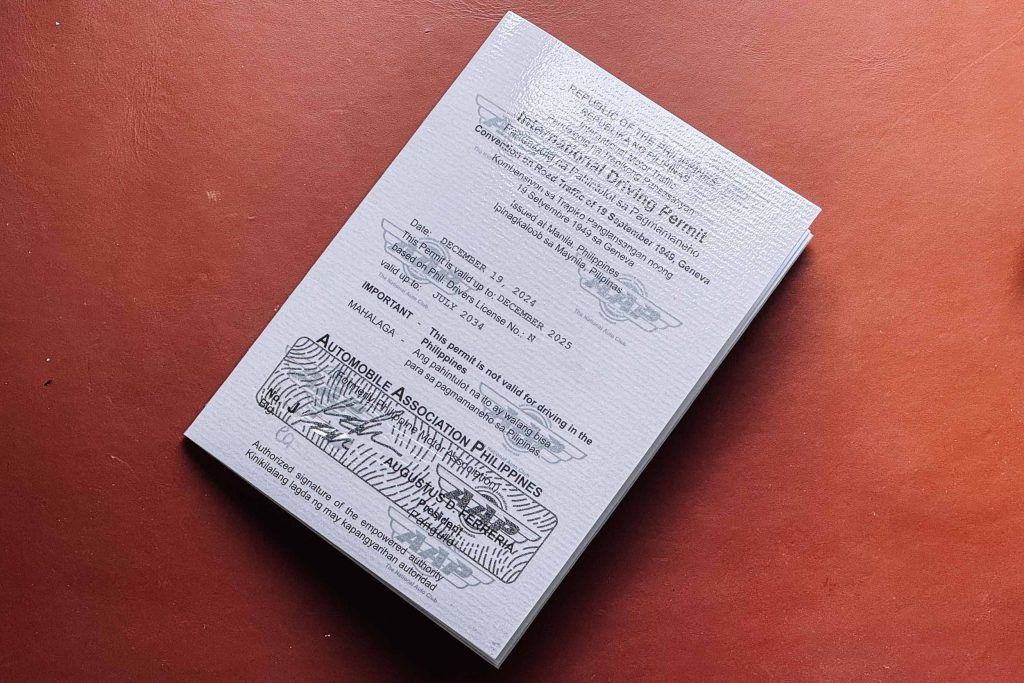
Without an International Driving Permit (IDP), you aren’t allowed to drive in Japan, or anywhere else in the world. Simply head to your nearest Automobile Association Philippines office, fork over P4,200 (as of this writing), a photocopy and original driver’s license, and two 2×2 photos.
Be sure to get the one for Japan as it is a completely different one, and also bring your original driver’s license with you.
WHAT CARS CAN I RENT?
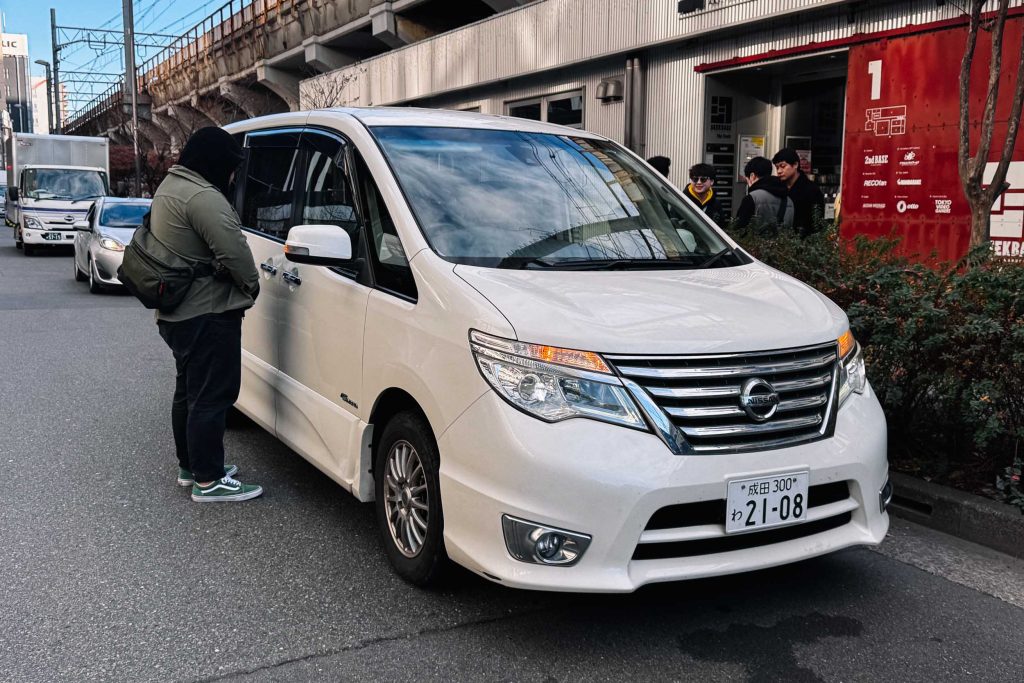
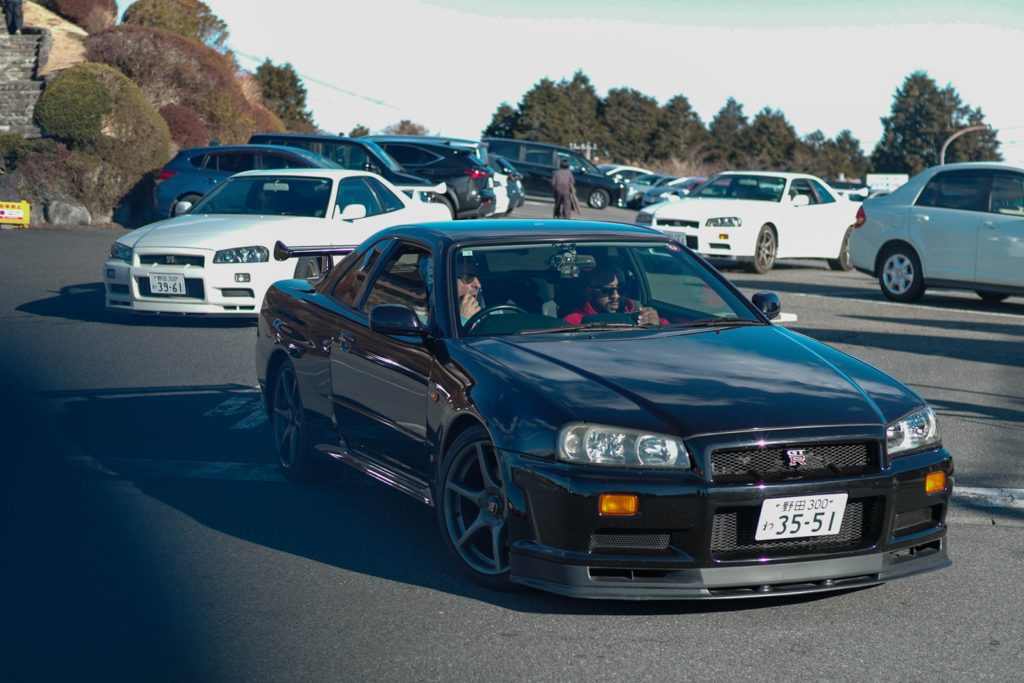
If you want to get around with regular cars, you have the likes of Times Car Rental, Nippon Car Rental, and Toyota Rentacar. These usually entail compact cars, crossovers, minivans, and even a few Kei cars.
But if you want something more unique, there are several specialty car rental shops all around Tokyo. Omoshiro Rent-a-car is the most popular one, offering a lineup of cars that seem to be straight out of Gran Turismo, featuring JDM legends new and old such as Nissan Skyline GT-Rs and Fairlady Zs, Toyota Supras and AE86s, Honda S2000s and Civic Type Rs, Mazda RX-s and Miatas, several Mitsubishi Lancer Evolutions, and so much more.
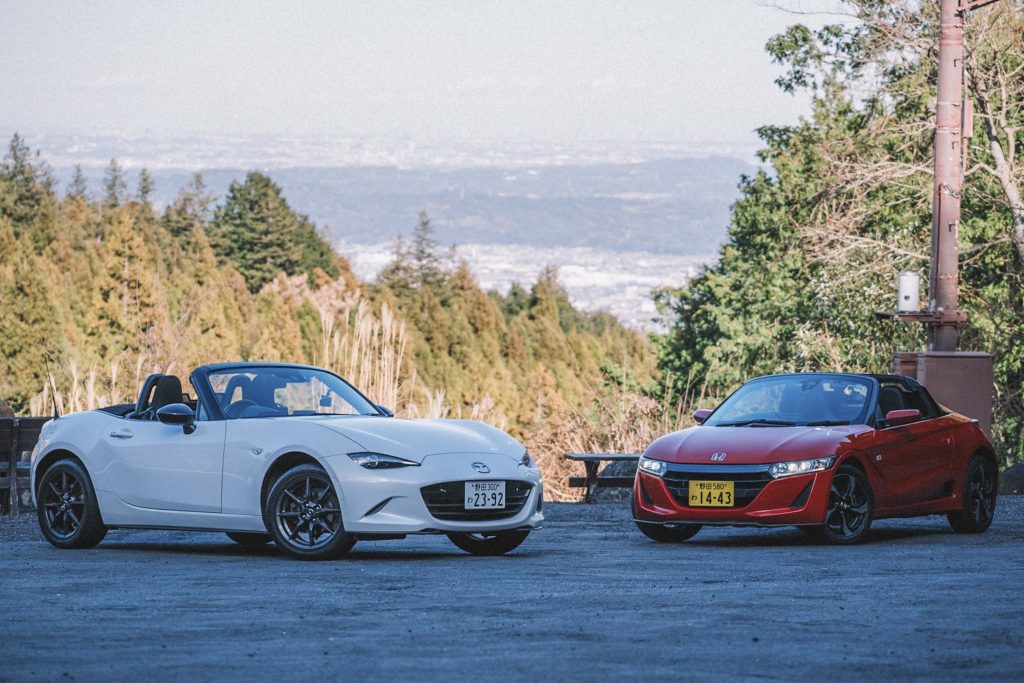
Granted, these are a little more expensive, but you do get what you pay for. My group of friends and I chose to rent two manual convertibles– a Honda S660 with a 660cc turbocharged three-cylinder engine, and a Mazda Roadster S Special Package equipped with a 1.5-liter four-cylinder engine, a powertrain the Philippines does not have.
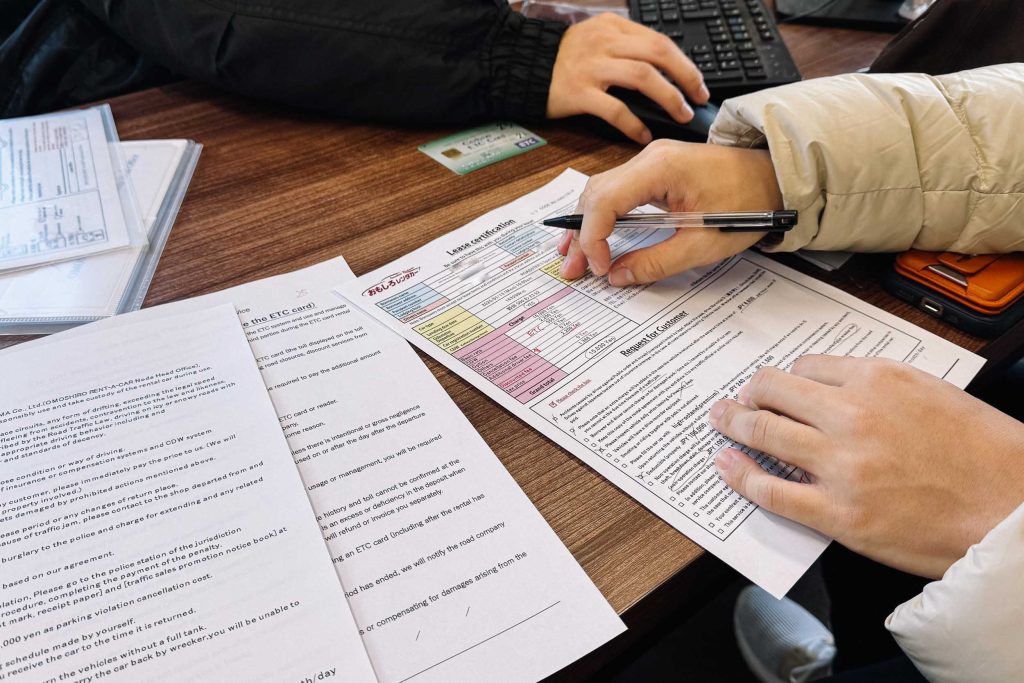
SO… HOW MUCH?
Usually, it depends on the type of vehicle, and for how long you have it for. The base prices can range from as low as 6,000 yen (P2,246.64) for a small car for six hours, and go as high as 60,000 yen (P22,466.36) for a whole day with a sports car.
Then, factor in other costs such as insurance, tolls, parking, extra driver fees, late return fees, and gas. Be prepared to shell out a little more, depending on your itinerary.
For some reference, the Roadster that my friend and I rented cost 15,030 yen (P5,627.82), and the Honda S660 rang up the cashier at 13,150 yen (P4,923.88). And these are just the base fees without gas and toll.
TAKE LOTS OF PICTURES AND VIDEOS… OF THE CAR
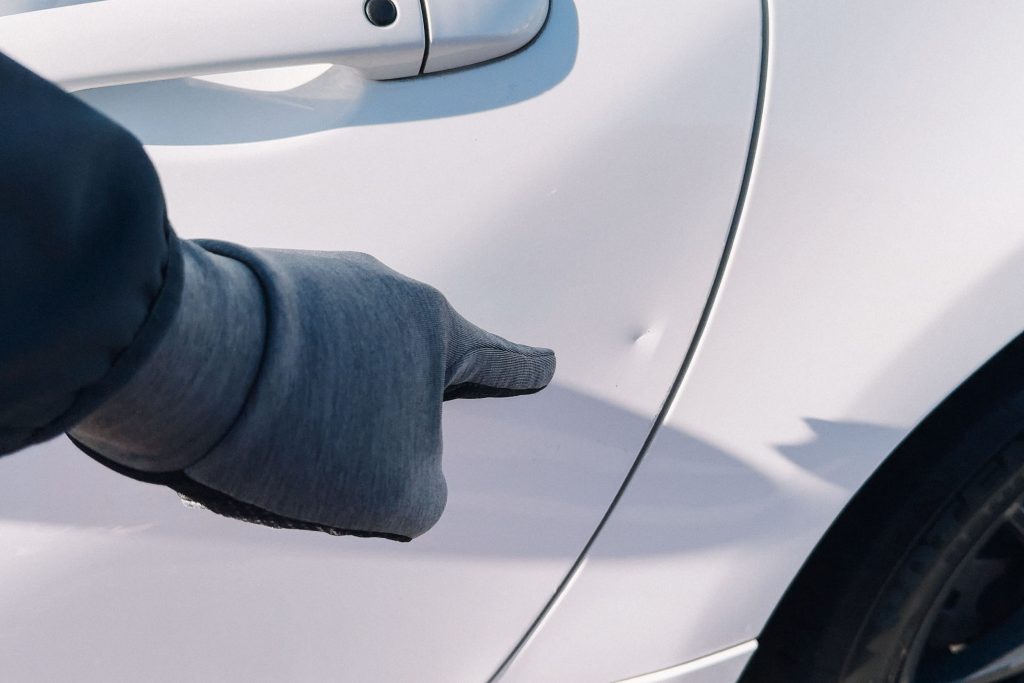
A way to CYA (cover your ass) in case the person attending to you misses something on the checklist when they turn the car over before you leave. Usually, even the staff will remind you to do so.
Be sure to take lots of photos and videos of every single dent, scrape, and wheel rash present, and physically point out and confirm the damage if you have to.
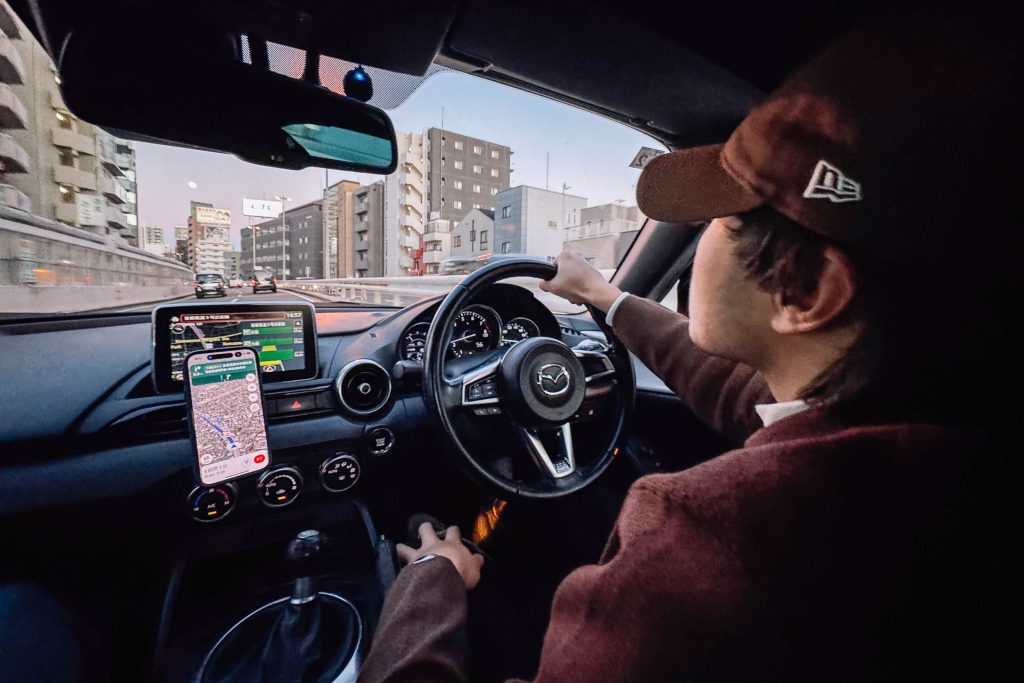
DRIVING ON THE WRONG SIDE
There’s no easy way to put it, the jump from left-hand drive and right-hand traffic will mess you up in more than one way.
A lot of the rental cars have scrapes, rim rash, and even dents on the right side of the car. You will need to fight your brain’s instincts while making turns, parking, and even lane centering. I’ve had several extremely close calls with curbs and a terrifying mistake of turning into the oncoming lane and realizing I was supposed to drive on the left.
Japanese cars will have the turn signals and wiper stalks flipped (except for some rental Euro cars). While a funny mistake at first, be very careful with accidentally turning on your wipers and then merging into another lane. Also, if you’re driving a manual, the H-pattern is the same, but you have to shift with your left hand instead of your right.
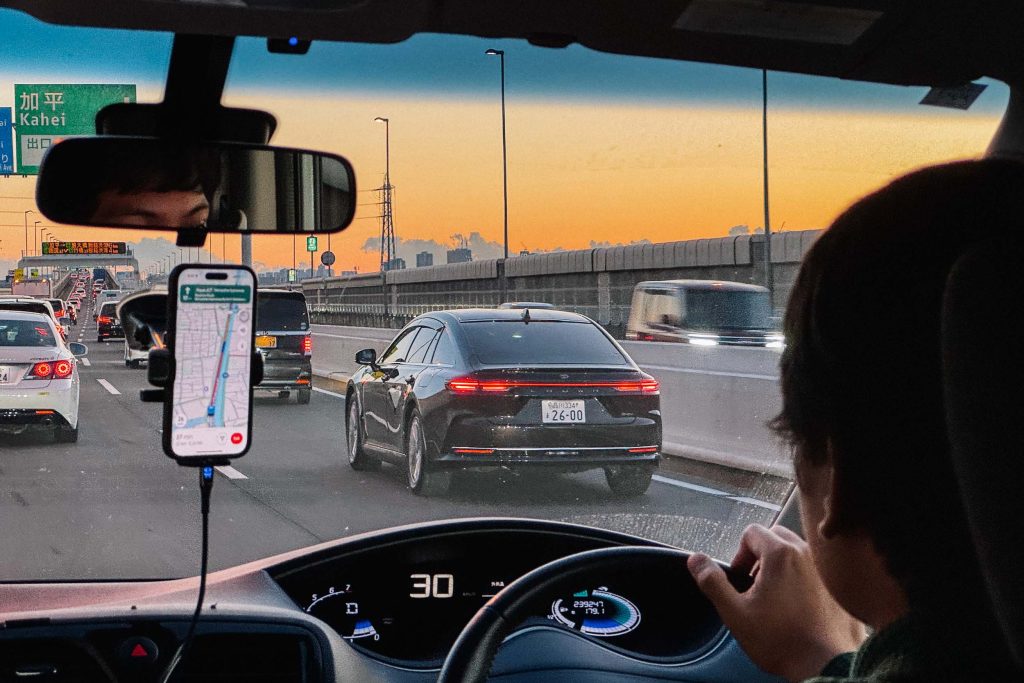
GOOGLE MAPS IS YOUR BEST FRIEND
Yes, Waze does work in Japan, but several functions in Google Maps (which sadly do not work in our country yet) will make your life so much easier.
Voice navigation will save you the trouble of having to decipher the Japanese road names, and more importantly, tell you which lane to take if you’re driving on the expressway.
RENT AN ETC CARD
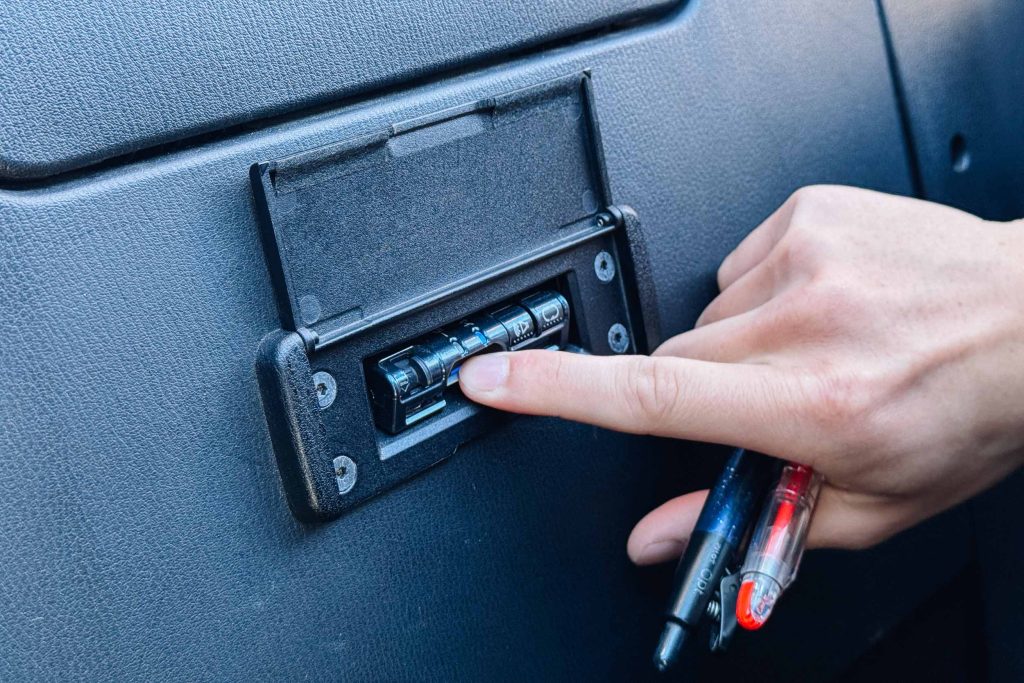
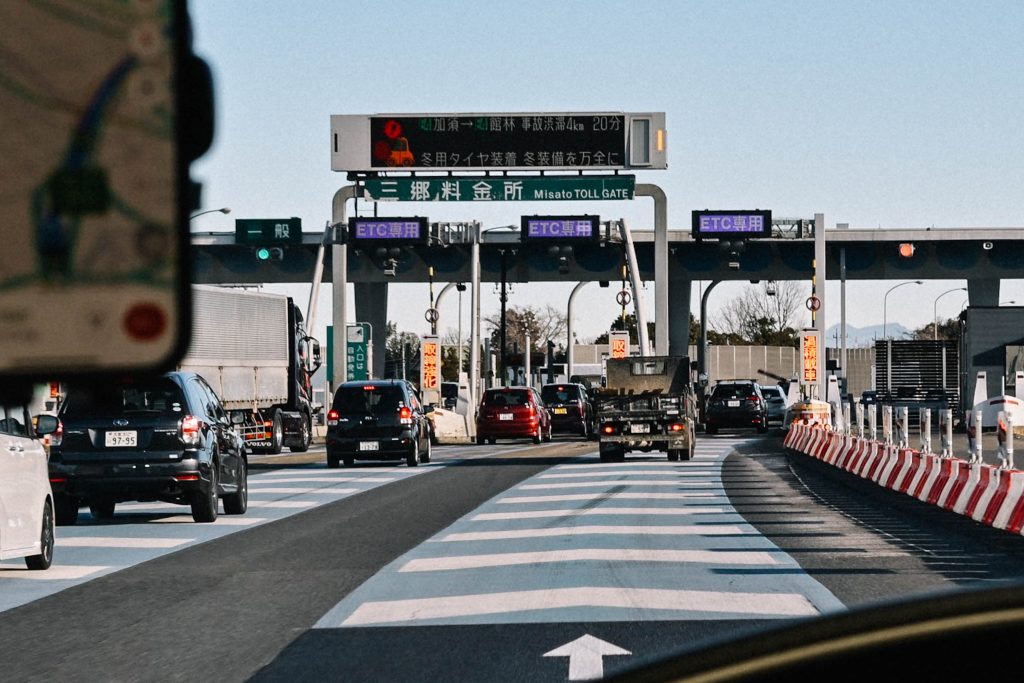
Most cars sold in Japan will come with an ETC (Electronic Toll Collection) system built in. This is that Japanese voice that you hear when you start the car up, telling you if a card is inserted or not. Think of it as Japan’s version of Autosweep/EasyTrip, but significantly better.
If possible, get one. Not only do they save a lot of time by not having to stop and count your cash, but several routes and exits are ETC-only, which can mess up your navigation if you forget to rent one.
Purple signs above the toll gates indicate ETC-only, and the cash-only lanes are green. There are a few that accept both and respectively have purple and green signs.
Also, there’s no need to come to a complete stop at these booths. Slow down to 20km/h, and the barriers will rise at the very last moment you hear the confirmation beep from the ETC system. It is scary at first, but it’s amazing how fast and efficient these are, and shows just how much better our toll systems can be.
If you rent a Kei car, you are usually entitled to toll fee discounts. For example, the toll fee for the Roadster was 8,320 yen (P3,115.34), while the S660 was lower at 6,930 yen (P2,594.86).
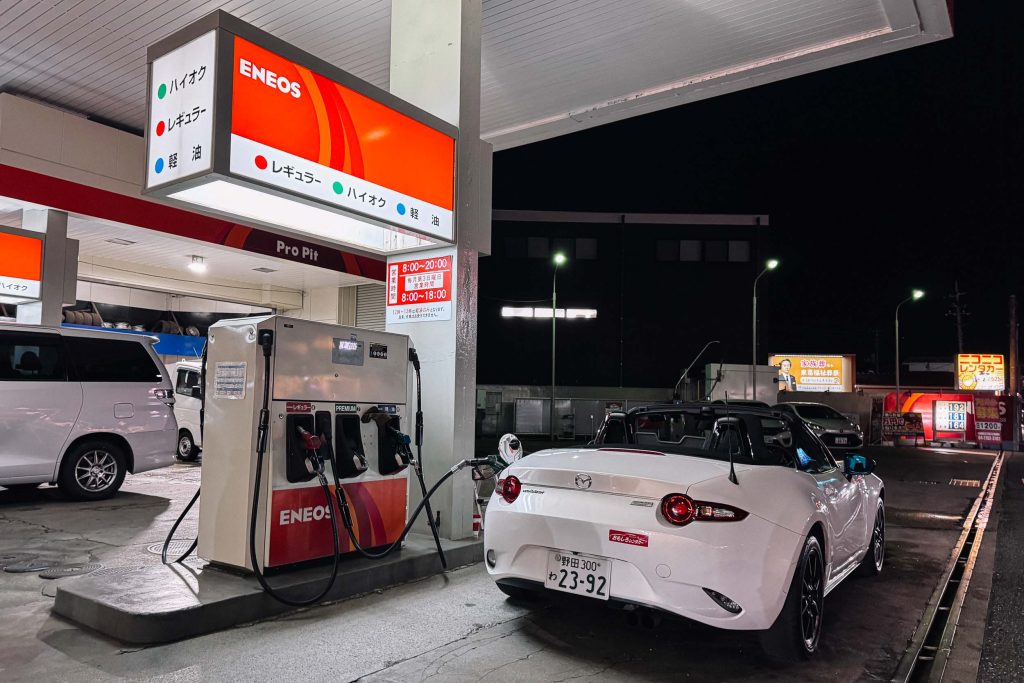
FILL ER’ UP
If it isn’t already obvious, a car you borrow with a full tank should be returned with a full tank.
The staff will point out a couple of required gas stations nearby to fill it up with before returning to the rental car office/meeting point. If you plan to take it out for multiple days and need to fill it outside of the area, feel free to ask the staff.
The staff will point out what octane is needed for that specific car. It’s either regular gasoline, premium gasoline, or diesel. Gas prices are on par with the Philippines, with the local equivalent of Japanese premium gas being Petron Blaze or Shell V-Power Racing (97-100 octane).
For reference, the Roadster required premium fuel. That cost 3,456 yen (P1,295) for 18 liters, while the S660 drank 14 liters of regular fuel, costing 2,606 yen (P976.57) to fill up.
EXPRESSWAYS ARE MUCH FASTER THAN YOU THINK
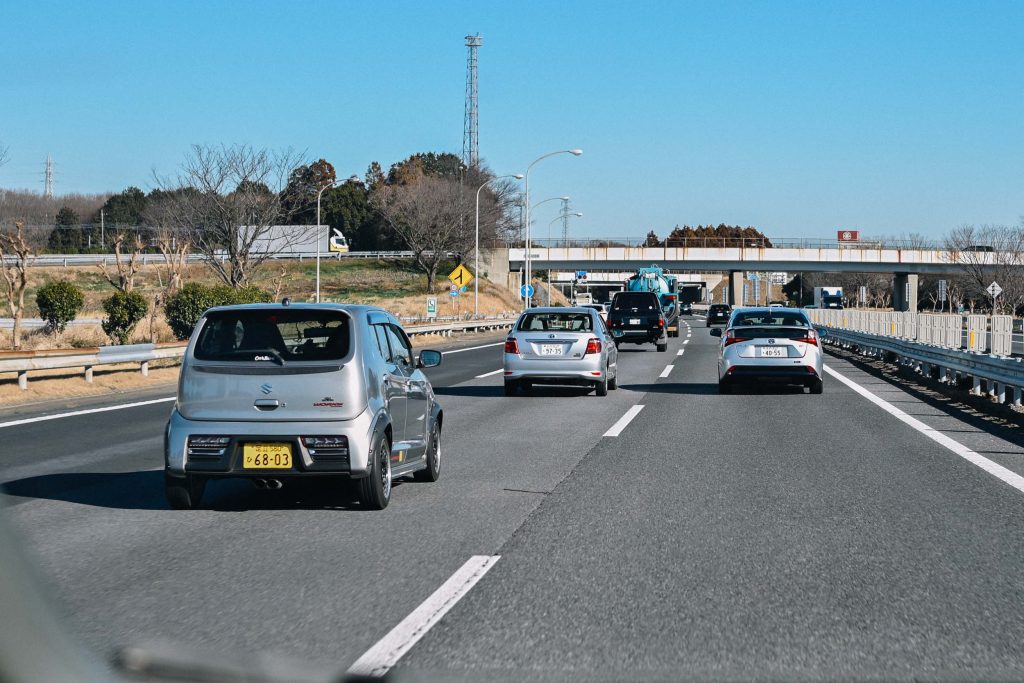
I was caught off guard with how fast the expressways are. Normally, speed limits range from 60 to 100km/h for those that snake across Tokyo, but those that bring you to other prefectures can go a lot faster.
Follow the flow of traffic to avoid creating a bottleneck and stay out of the overtaking lane if you aren’t confident, and the orientation of the lanes is flipped, with the rightmost lane being the overtaking lane.
Avoid hogging that, and don’t forget to say “thank you” to any driver that lets you merge in front of them with a simple double flash with your hazard lights.
Rest stops are also very important, and you can find them on the leftmost sides of expressways usually.
READ, READ, READ THE ROAD SIGNS
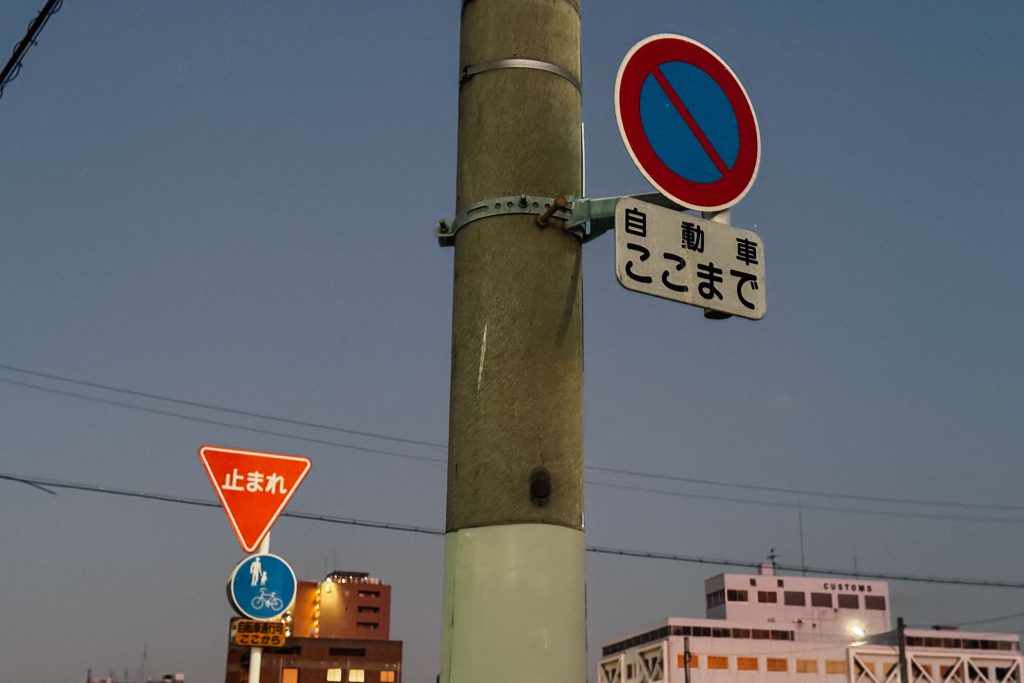
Navigating within Tokyo is challenging, especially if your phone’s GPS signal gets cut off or Google Maps decides to send you down a road that is one-way only.
There are plenty of guides out there that will tell you what the road signs and markings mean, including some traffic lights that are confusing to decipher at first. Plus, there’s a good chance that you’ll encounter a few that are entirely in Japanese, so some advanced reading goes a long way.
PARKING IS EXPENSIVE
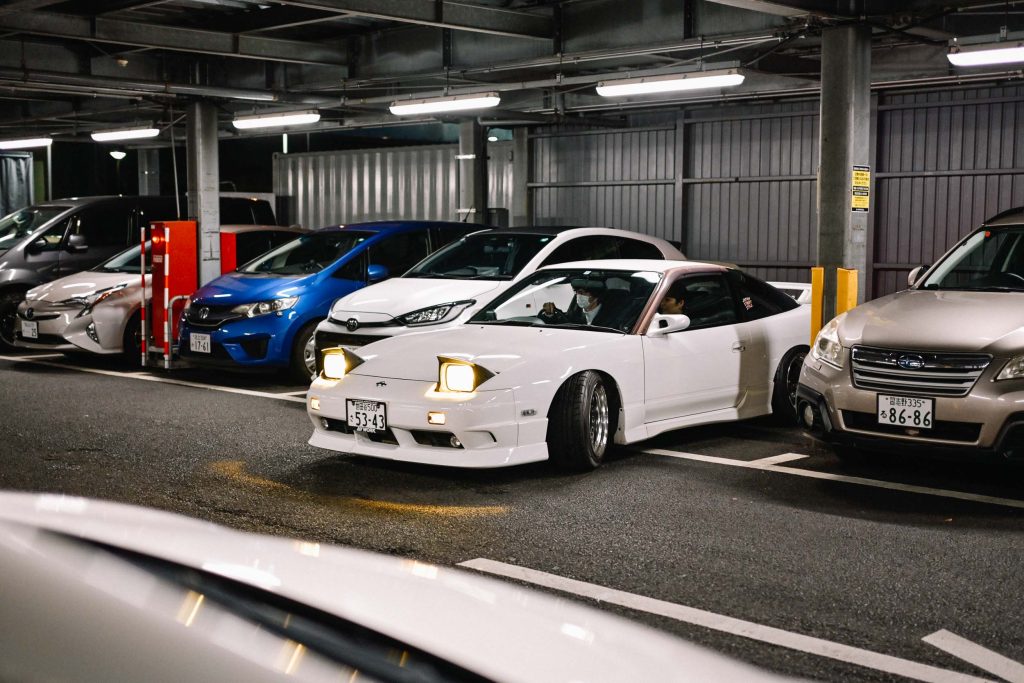
Be prepared to spend for parking, especially within Tokyo. Most parking lots would charge you at least 1,500 yen (P562.11) right away, so be sure to plan your route ahead of time.
While it may seem that others do it, it’s best to not park on the street unless indicated. However, there are several places with free parking like konbinis (convenience stores), rest stops, and tourist spots.
ENJOY THE RIDE
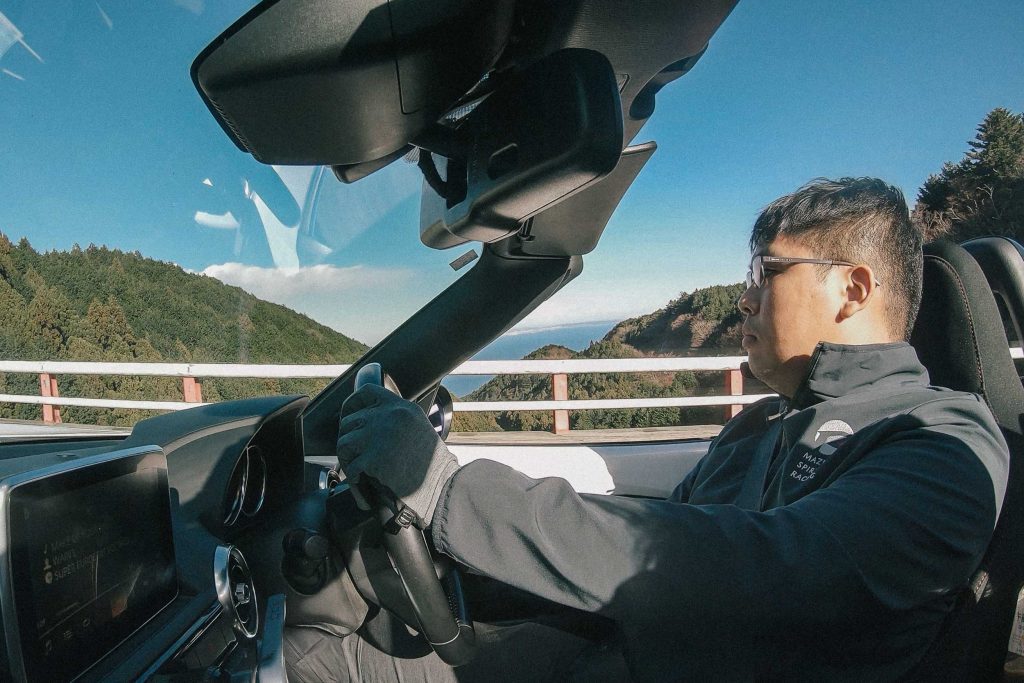
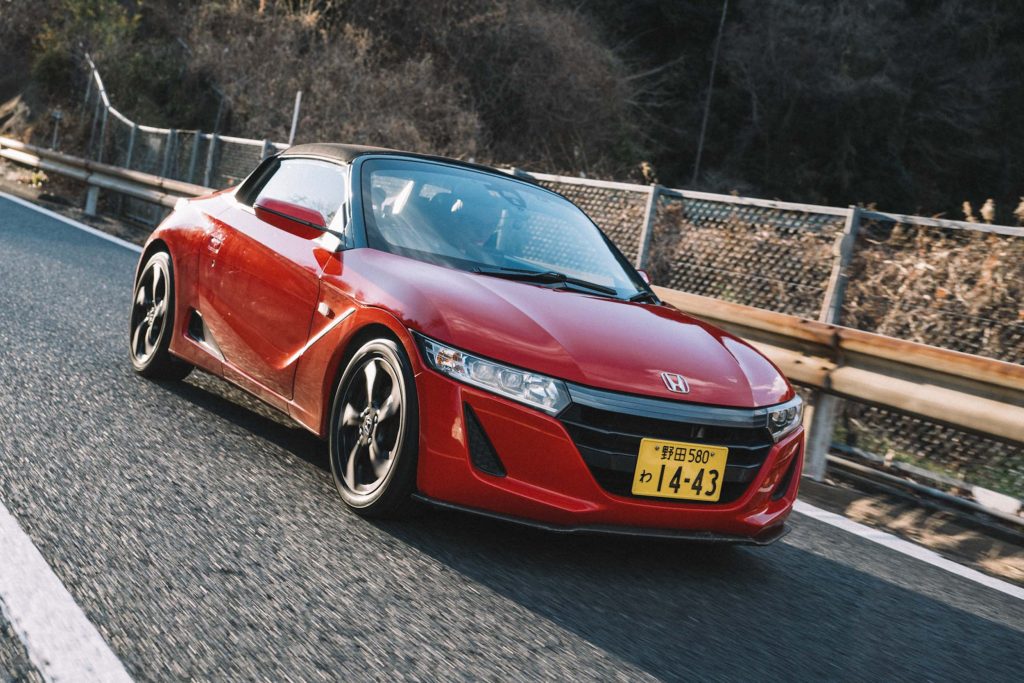
The beauty of driving in Japan is that despite the chaos in the city, everything just works once you get a feel for driving around.
The roads are incredibly smooth (well, most); the drivers are very considerate as horns and high beam flashes are rare; and there are some amazing routes that you can encounter like the mountain passes around Lake Ashinoko leading up to the peak of Hakone, or the lush inaka (countryside) leading up to the Mobility Resort Motegi.
It was an incredible experience–though one not so light on the wallet– that’s eye-opening to show just how much better our driving experience could be on our local roads and to also apply any new skills learned abroad to make you a better driver, too.

